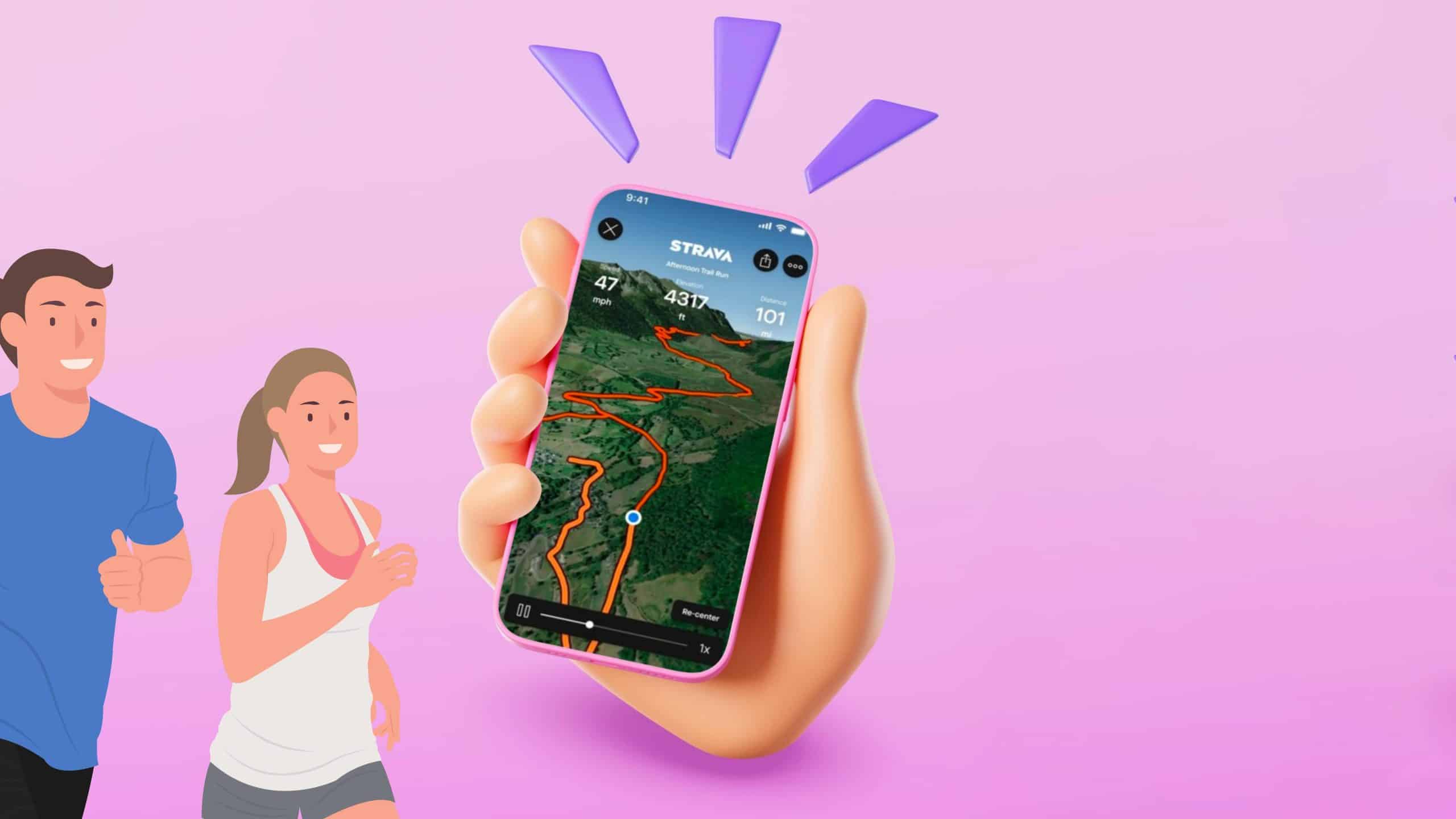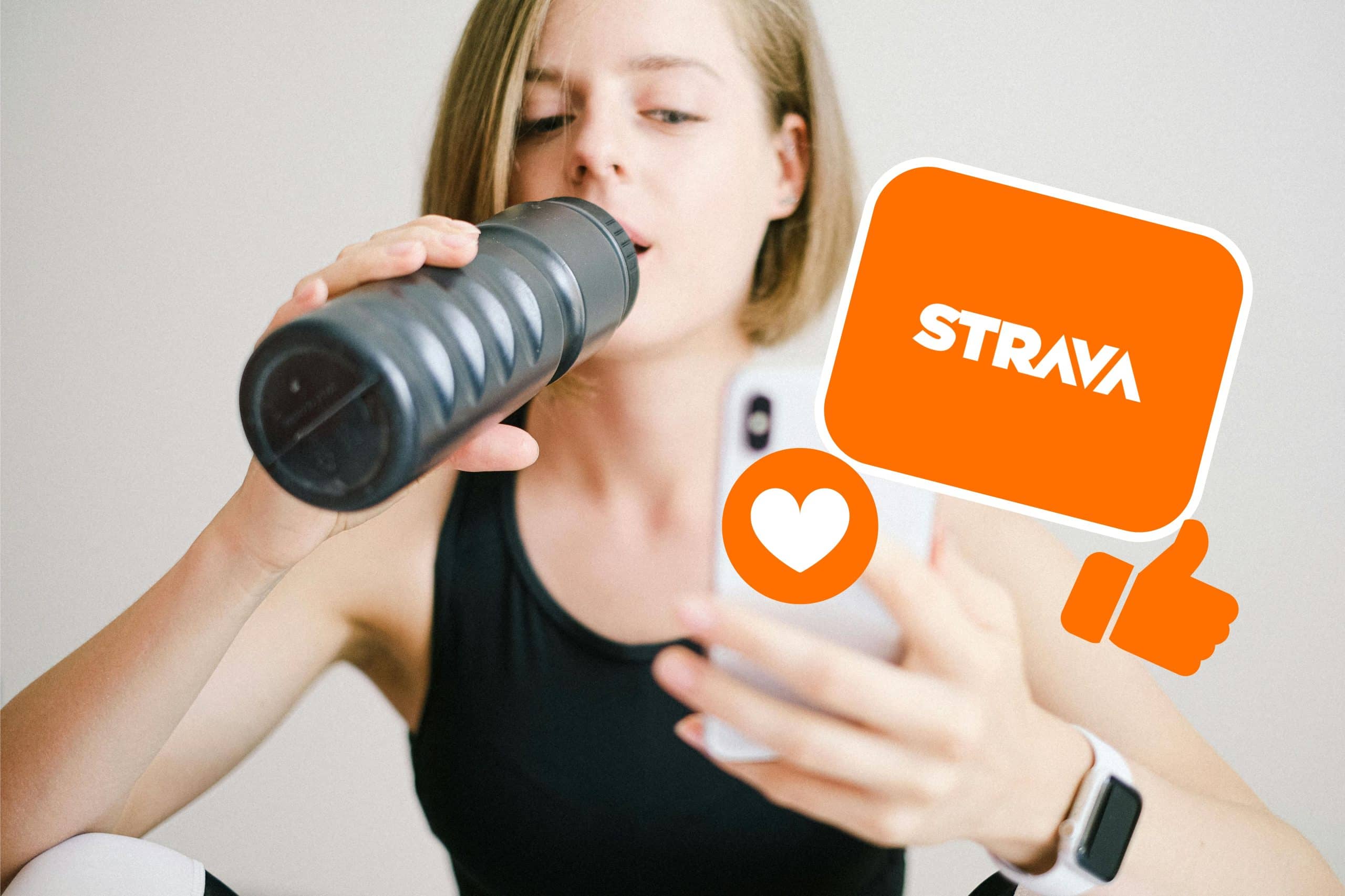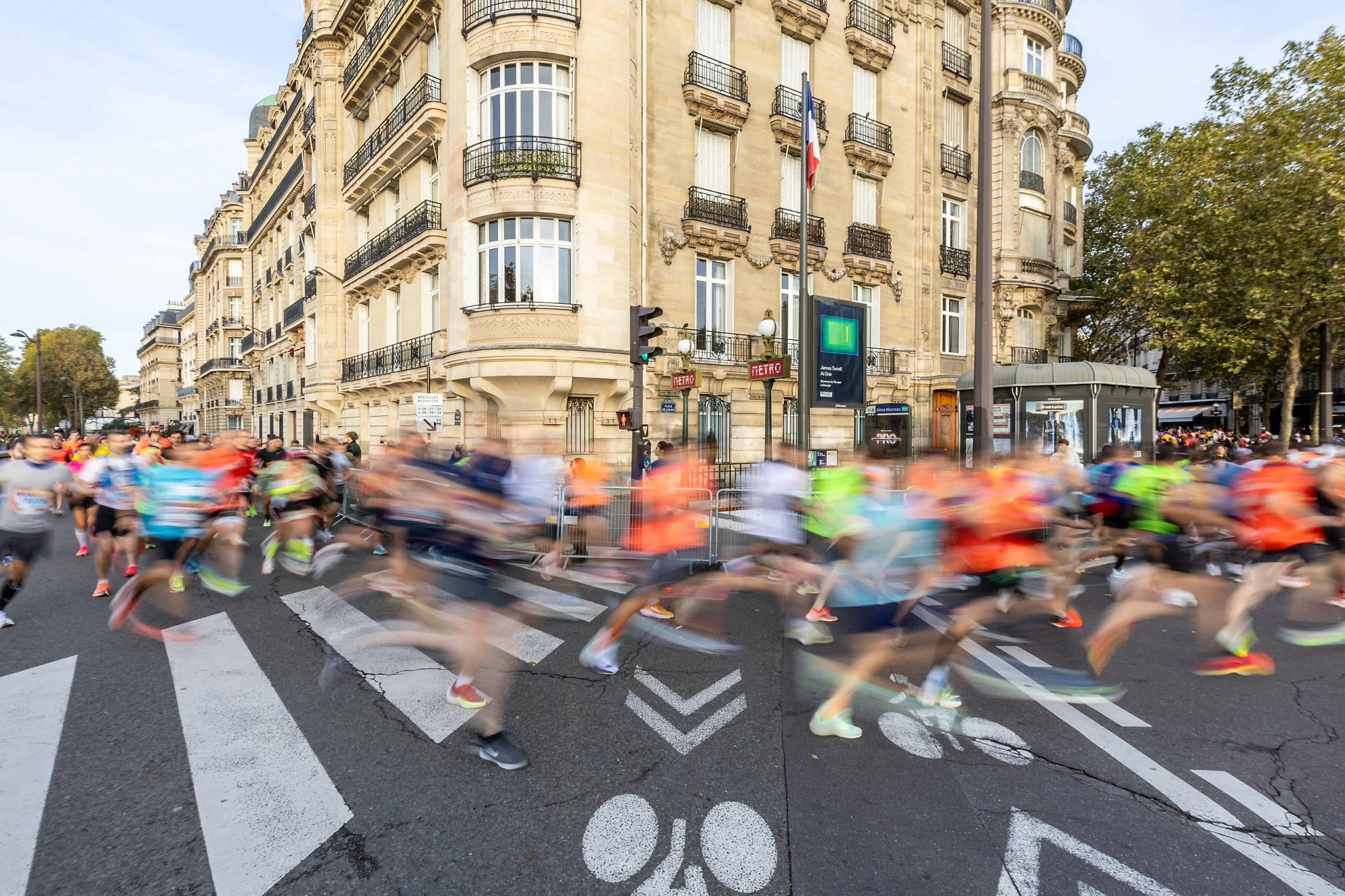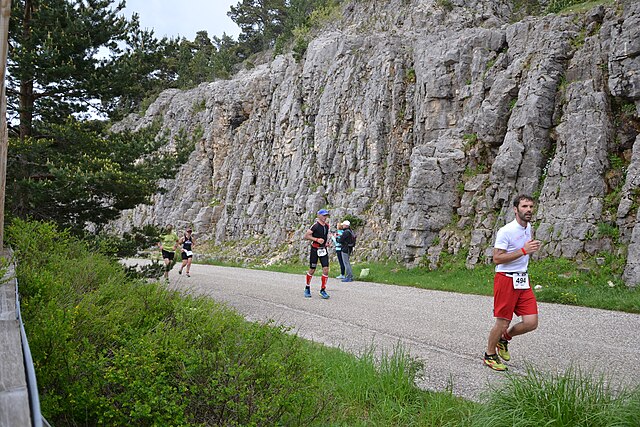Strava, the race for Kudos and social recognition
15/01/2025 22:39Fostering a global community of over 135 million athletes across more than 190 countries, Strava is much more than just an activity tracker. Created by two American college students in 2009, the app has become a social network where self-valorization takes precedence over performance.
When scrolling through the app, everyone knows that one person with perfectly curated Strava posts, filled with detailed data and accompanied by action-packed photos or videos. In sixteen years, Strava has become the almost indispensable social network for athletes and much more.
A source of motivation

Maps, routes, messaging, data analysis through artificial intelligence, Strava’s features are expanding as fast as the community grows. Ten years ago, Marine started running. “Initially, I was using Nike Run Club and was actually reluctant to switch to Strava just out of habit,” says the 26-year-old woman. The app’s user interface eventually convinced her, and Strava became a witness to her evolution. “In 10 years, it was dramatic! We all start somewhere, 3 km around our parents’ house, and then it ends up as an Ironman and a marathon on the Great Wall of China,” she assures.
Overtraining and risk of injury
“For me, it allows me to see the routes of people I’m connected with, follow the training of professional runners, and analyze their physiological data,” says Jérôme Laurent, an amateur cyclist who logs 10,000 km a year (not a single one less!) on his Strava account. “I admit, during periods when I trained less, it stressed me out to see everyone else’s sessions, it created some frustration.”
This is where the app shows its dual nature. “For the sedentary runner, it can really boost their practice to see others, and that’s positive,” says Paul Target, a sports physician. “The downside is for those who really go overboard to be praised by others. Strava then becomes a great catalyst for overtraining and the associated injury risks. It also affects the athlete’s relationship with the sport, their mental well-being, and that’s significant. I don’t address this enough with my patients, but I should because for some, Strava is an addiction.”
On closer inspection, Strava functions like any other social network. “It’s marketing psychology; there are influencers within the community. There is a need to feed the ego. Once someone gets a kudo or a comment, they’ll be flattered and want to do it again. People need this social recognition because it’s key to their long-term commitment, and it’s not a commitment to themselves,” laments Stéphanie Barsotti, a psychologist and sports health coach.
The race for achievement

Indeed, besides data on distance, average speed, geolocation, heart rate, and time, Strava has developed a feature that solidified its reputation: segments. “These are sections of road or trail that each athlete can create on the platform, allowing comparison with other athletes in the community or oneself,” explains Grégory Vermersch, Strava’s head for France and Spain.
There are over 30 million segments worldwide, generating a permanent leaderboard to chase a coveted “kom”. For some, it has become a game, almost an obsession. “Right now, I’m competing with someone on Strava for a segment near my home,” says Hadrien, who took up running six years ago. “To get the best time, I had to try 75 times. Lately, I’ve been battling at a distance with another person who is a second faster than me. I’m no longer the king, so I’m waiting for favorable weather to reclaim the crown of time.”
Social connection above all
Running and cycling, by nature solitary sports, have found in Strava a platform to create genuine communities of athletes around these flagship disciplines. In 2024, Strava analyzed billions of unique data points generated by its global community, combined with information from a global random survey of over 5,000 athletes, both users and non-users of the platform. The results reveal that people worldwide now prioritize balance over burnout in their sports routines while seeking to strengthen social ties through their activities. “This year, individuals have taken charge of their active lives by adopting more balanced routines, focused on social connection rather than exhaustion,” says Zipporah Allen, Strava’s Chief Marketing Officer, in a statement. Indeed, 58% of respondents said they made new friends through sports groups. In 2025, the app is rolling out its best marketing assets to help its members embark on “their best year yet.”



